Study, work or travel in the UK. British
culture and life.


Photos from a tour of Central England
|
|
Study, work or travel in the UK. British
culture and life.
|
|
||
|
|
|
|
||
 |
||||
|
|
|
|
||
 |
||||
|
Photos from a tour of Central England
|
||||
|
Sections:
|
Introduction |
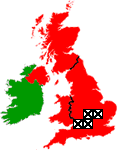 |
| St Albans | ||
| Cambridge | ||
| Warwick | ||
| Stratford-upon-Avon | ||
| Bibury | ||
| Bath | ||
| Stonehenge & Avebury | ||
| Further information | ||
| Links |
|
INTRODUCTION
|
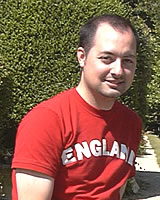 Tour organiser: Dominic |
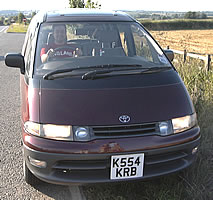 The "people carrier" used |
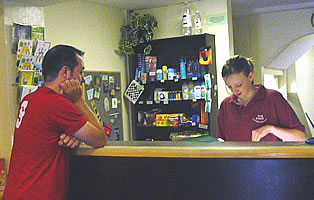 Booking into a hostel |
|
ST ALBANS
|
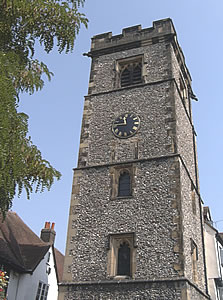 Clock tower |
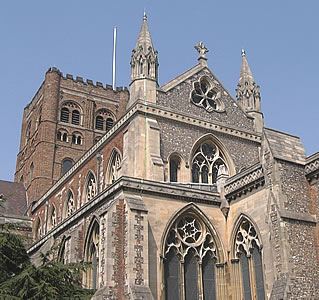 St Albans Cathedral |
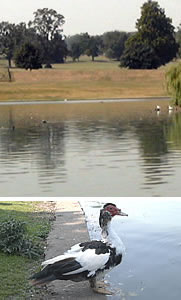 Verulamium Park |
|
CAMBRIDGE & GRANTCHESTER
|
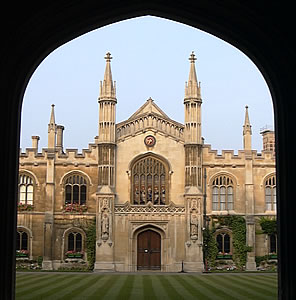 Corpus Christi College |
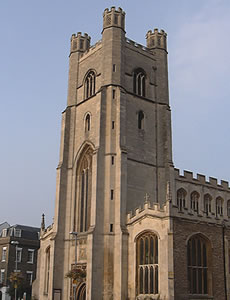 Great St Mary's Church |
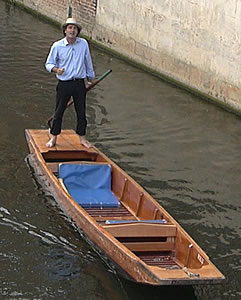 Punting |
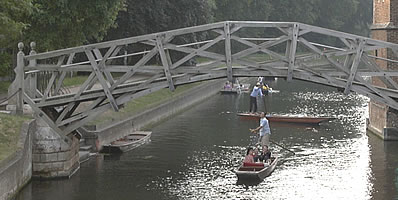 Newton's Mathematical Bridge |
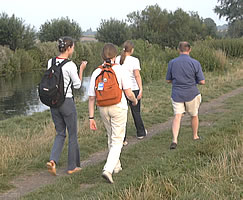 Walking to Grantchester |
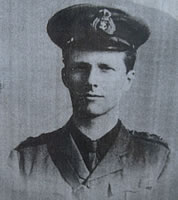 Rupert Brooke |
|
WARWICK
|
 Guy's Tower (built in 1393) |
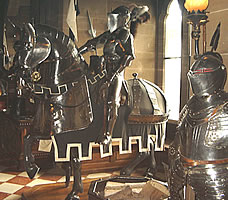 Suits of armour (in the Great Hall) |
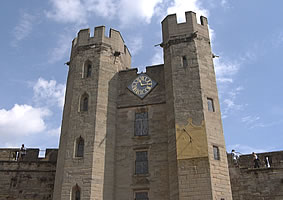 Entrance tower |
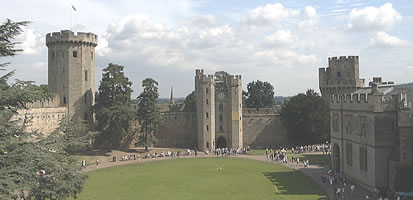 Interior view of the castle |
 Piper |
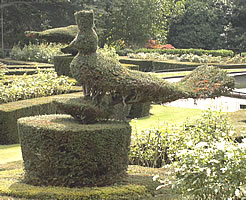 Peacock garden |
|
STRATFORD-UPON-AVON
|
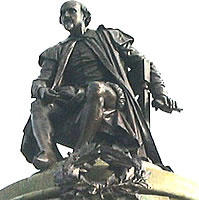 William Shakespeare |
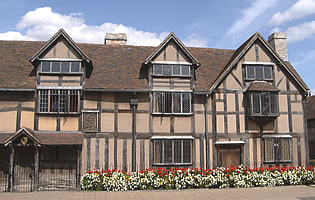 Shakespeare's birthplace |
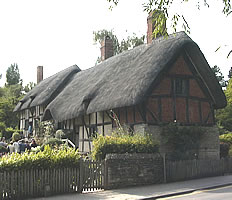 Anne Hathaway's Cottage |
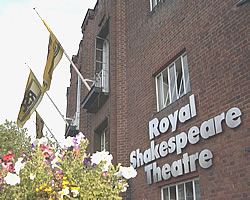 Royal Shakespeare Theatre |
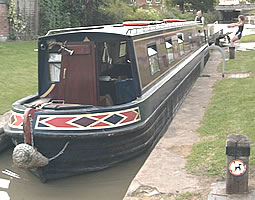 Canal boat |
|
BIBURY
|
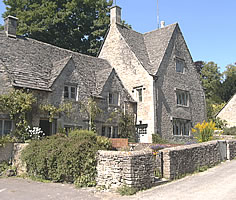 Stone houses in the village |
 Gardens of the Swan Hotel |
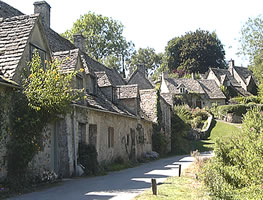 Arlington Row |
|
BATH
|
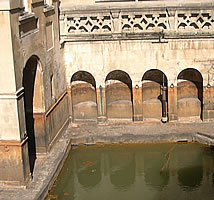 The King's Bath |
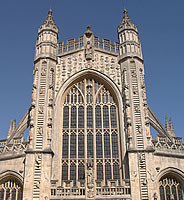 Bath Abbey |
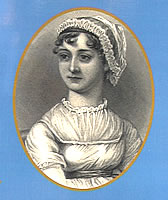 Jane Austen |
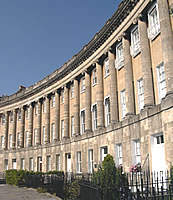 Royal Crescent |
|
STONEHENGE & AVEBURY
|
 Stonehenge |
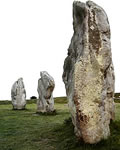 Avebury stone circle |
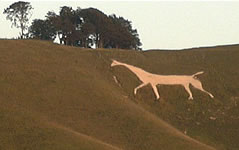 Cherhill White Horse |
|
FURTHER INFORMATION
|
|
|
|